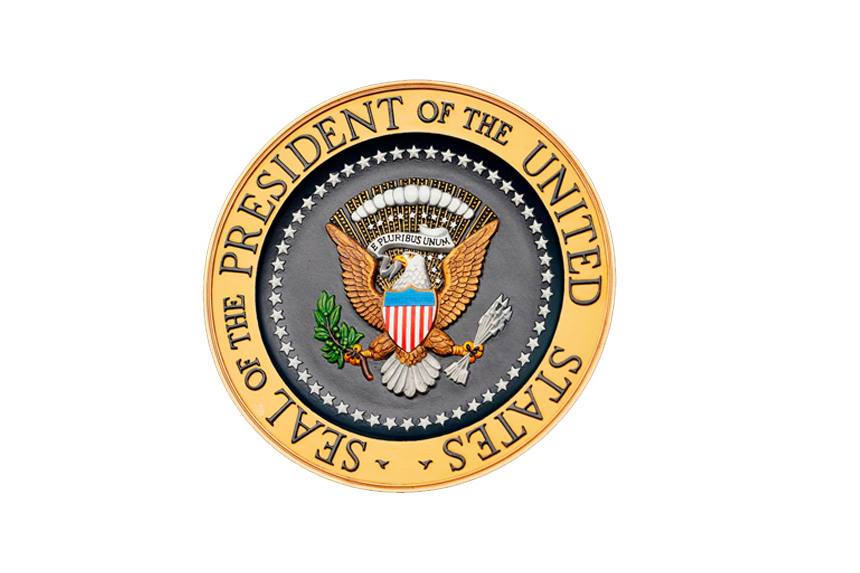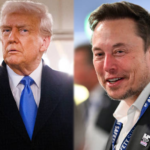The Trump Administration has declared that it will move forward with the next phases of a contentious federal buyout program meant to reduce the size of U.S. government workforce. This is in line with a decision rendered by a judge clearing the path for the program, which gave federal employees a sizable financial incentive for resignation.
Under the direction of the government, the federal buyout program was a continuous endeavor aimed at reducing the size of the federal government; billionaire entrepreneur Elon Musk oversaw the Department of Government Efficiency alongside this endeavor.
What promises the buyout offer?
Full-time federal employees were offered the option under the federal buyout program to voluntarily retire and get up to eight months’ pay as a severance. The offer excluded several staff members, including military people, postal workers, and those employed in immigration and national security positions.
With exceptions provided only in rare situations, those who chose the buyout were not obligated to work. Reducing the number of government employees was supposed to help tens of millions of dollars in public money be saved, according to administration officials.
First presented in late January, the offer was initially valid until February 6 for staff members to register. A judicial challenge by unions that questioned the validity of the offer and its ramifications later extended the deadline.
Why did unions resist the buyout program?
Strongly rejecting the buyout offer were unions, especially the American Federation of Government Employees (AFGE). They maintained that the initiative amounted to a coercive attempt to drive staff members out of the employment and was illegal. The unions asserted that unless workers accepted the offer, they were being threatened with job loss, therefore rendering their voluntary resignation choice less than an ultimatum.
“We continue to maintain it is illegal to force American citizens who have dedicated their careers to public service to make a decision, in few short days, about whether to uproot their families and leave their careers for what amounts to an unfunded IOU,” said AFGE National President Everett Kelley.
The unions also expressed worries about the offer’s financing as Congress had not approved government money beyond mid-March. There was no assurance that workers who accepted the offer would get the whole eight months of salary without this permission.
Regarding the legal challenge, how did the courts handle it?
U.S. District Judge George O’Toole in Boston decided, in spite of union protests, that the unions lacked legal standing to contest the federal buyout scheme before courts. Judge O’Toole said in his ruling that the unions lacked the “required direct stake” in the matter to forward the lawsuit. This decision opened the path for the program to carry on.
The AFGE responded by characterizing the ruling as a “setback” but said they were looking at their alternatives for more legal action. The union said it thought the buyout offer was a basically illegal and somewhat harsh action.
How will the federal workers be impacted?
Closing on Wednesday at 7:20 p.m. ET, the federal buyout program attracted about 75,000 federal workers who chose to seize the opportunity before it was closed. Although the initiative was supposed to save a lot of money, it also begged questions about the possibility of a “brain drain” inside the federal government.
Critics cautioned that the voluntary buyout would result in the loss of experienced, qualified professionals, therefore compromising the federal government’s ability to carry out its obligations. Many also noted that the offer’s similarity to an email issued to Twitter staff following Elon Musk’s takeover of the business begged more questions about the goals of the initiative.
How does the White House see the initiative?
Defending the buyout scheme, White House Press Secretary Karoline Leavitt said the offer to workers is “generous” and underlined that it will save millions of dollars for taxpayers. “This is a clever approach to cut unwarranted government expenditure and give staff members an alternative to leave the federal workforce,” she said.
Notwithstanding the debate, the government seems resolved to move on with its proposal to cut the scope of the federal government, contending that such steps are required to solve inefficiencies and expedite processes
Final Thought
The government buyout program continues to be a source of conflict as the Trump administration advances with its audacious target of cutting the federal workforce. The continuous legal challenges and union criticism point to the conflict between preservation of a qualified and experienced government personnel and cost-cutting initiatives. How the initiative will finally affect the operations of the federal government over time is yet unknown.




